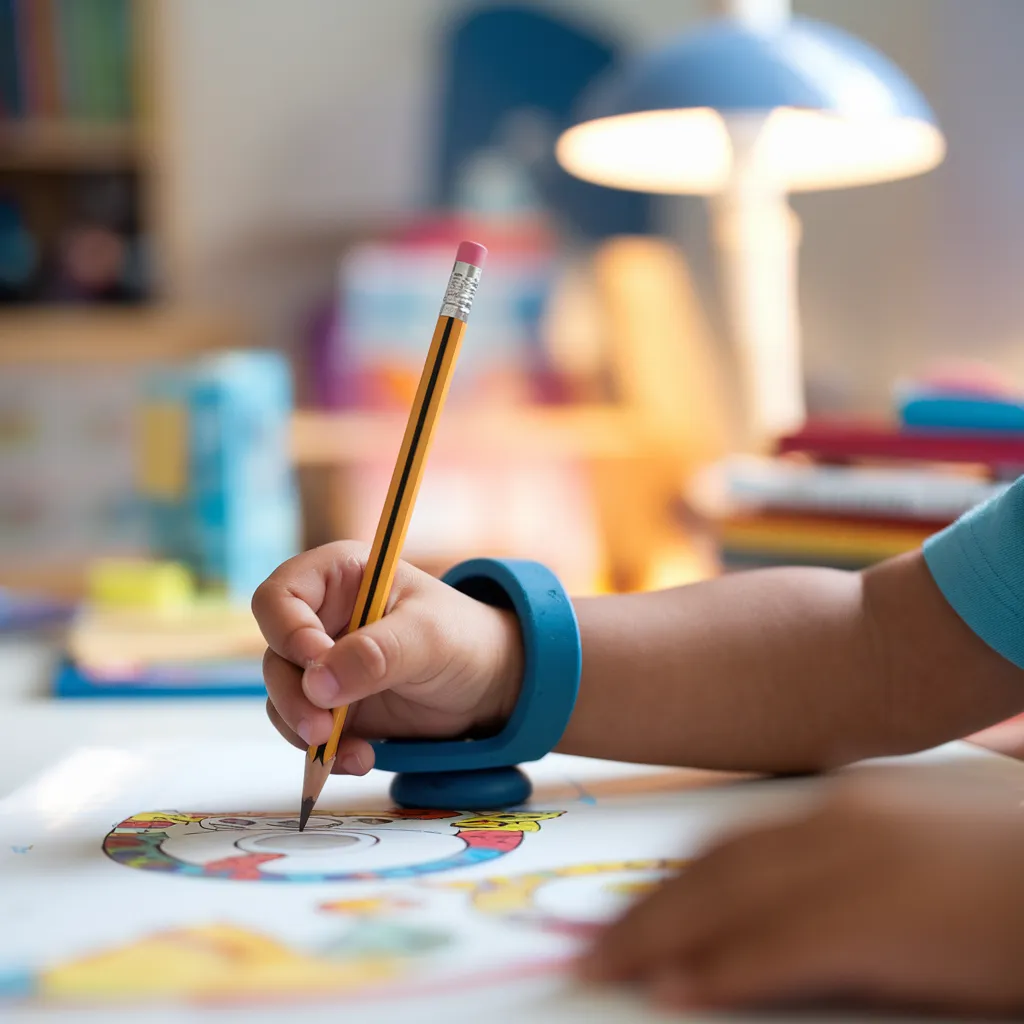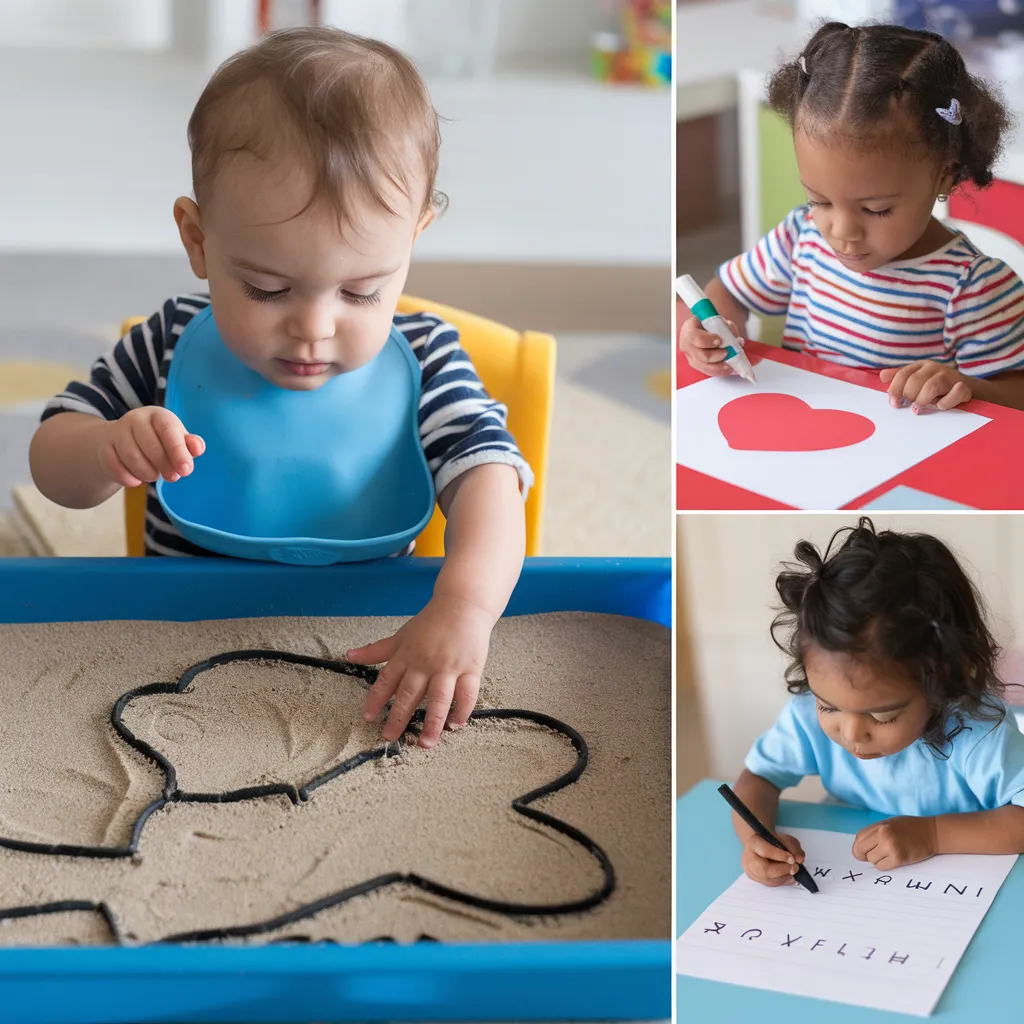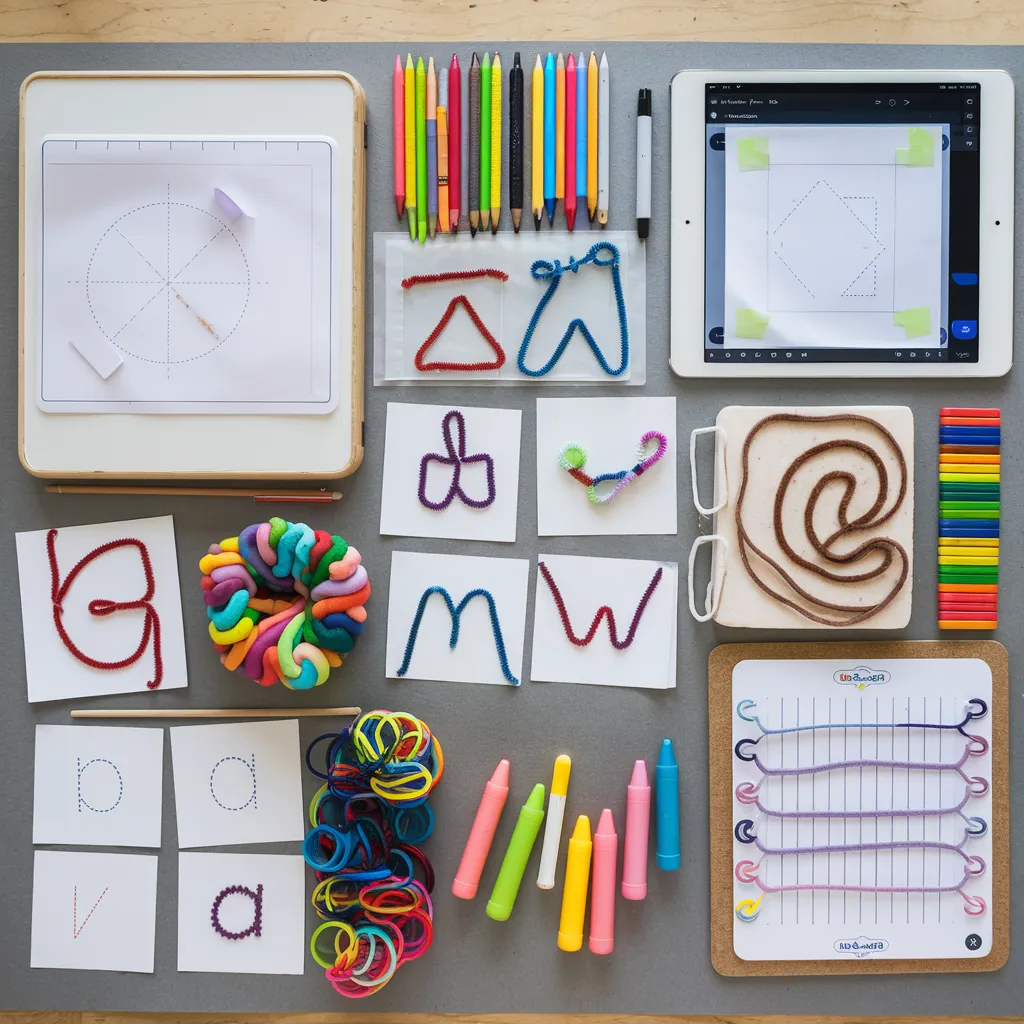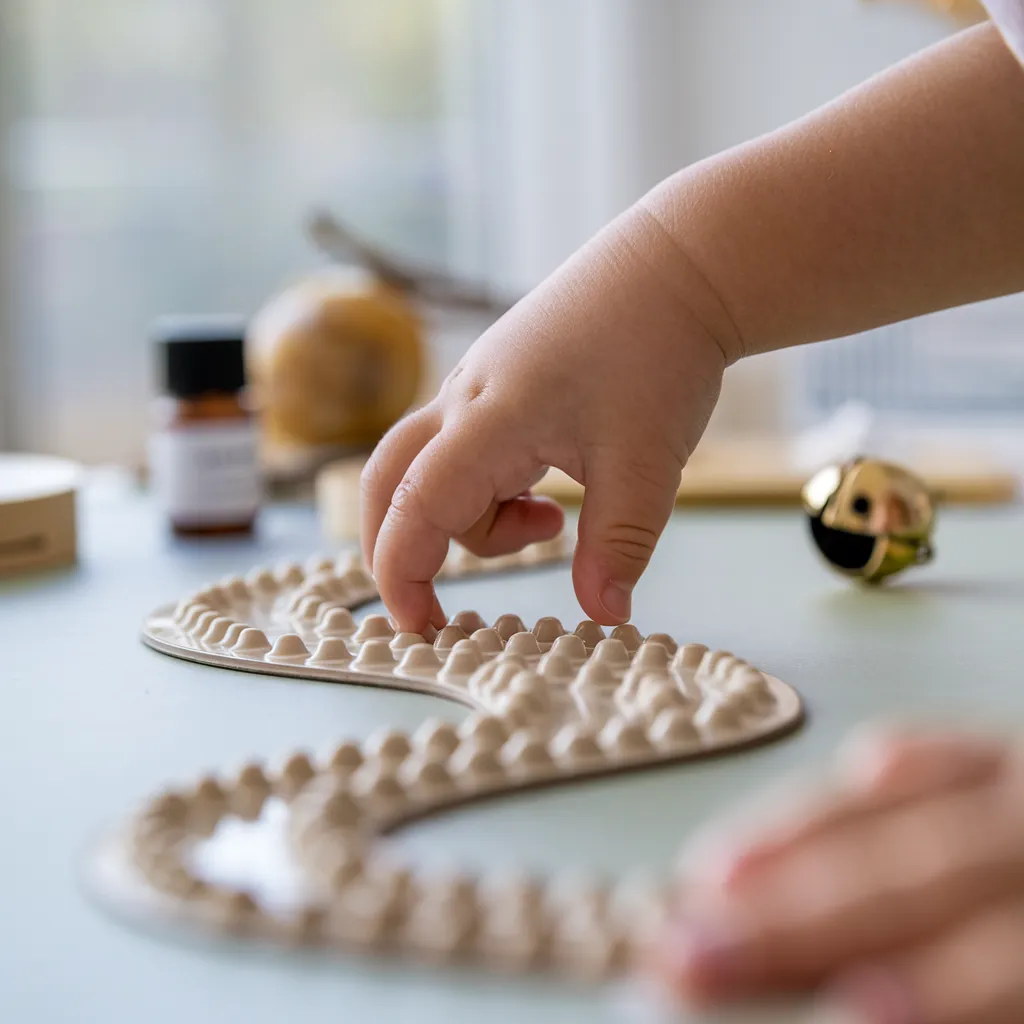Developing fine motor skills through tracing activities is a foundational aspect of early childhood development that significantly impacts a child’s success in numerous areas. These crucial skills involve the coordination of small muscles in the hands and fingers, working together with the eyes to complete precise tasks like writing, drawing, and manipulating small objects. Fine motor skills tracing exercises offer an engaging and effective way to strengthen these abilities, preparing children for essential life skills from handwriting to tying shoelaces. Whether you’re a parent looking to support your child’s development at home or an educator seeking classroom-ready activities, understanding the importance of fine motor skills tracing and implementing targeted exercises can make a tremendous difference in a child’s developmental journey.

The Developmental Importance of Fine Motor Skills Tracing
Fine motor skills tracing activities contribute to multiple aspects of child development, extending far beyond the obvious connection to handwriting. When children engage in regular tracing exercises, they develop:
- Hand-eye coordination: The ability to synchronize visual information with hand movements
- Bilateral coordination: Using both sides of the body together in a controlled way
- Visual perception: Interpreting and understanding what is seen
- Crossing the midline: Moving hands from one side of the body to the other
- Pencil grip and control: Properly holding and maneuvering writing tools
- Spatial awareness: Understanding relationships between objects in space
Research consistently shows that children with well-developed fine motor skills demonstrate greater readiness for academic tasks. A study published in the Early Childhood Education Journal found that kindergarteners with strong fine motor abilities showed significantly higher achievement in reading and mathematics by the end of the school year.
How Fine Motor Skills Tracing Supports Brain Development
Fine motor skills tracing activities create crucial neural pathways in developing brains. When children trace lines, shapes, letters, or numbers, they:
- Strengthen neural connections: Repetitive tracing movements reinforce pathways between brain and muscles
- Develop working memory: Following tracing patterns requires remembering directional movements
- Enhance focus and attention: Tracing activities require sustained concentration
- Build sensory integration: Combining touch, sight, and movement creates multi-sensory learning experiences
These neurological benefits extend far beyond the immediate task, supporting cognitive development that benefits children across all learning areas.
Progressive Fine Motor Skills Tracing Activities by Age
Fine motor skills tracing should be introduced in a developmental sequence that aligns with children’s abilities at different ages:
Fine Motor Skills Tracing for Toddlers (Ages 2-3)
At this stage, focus on large, simple tracing activities that build fundamental skills:
- Finger tracing in sensory materials: Create trays of sand, salt, or shaving cream for finger-based tracing
- Large path tracing: Offer wide mazes or paths for tracing with fingers or chunky crayons
- Dot-to-dot with minimal points: Connect 2-3 large dots to create simple shapes
- Texture tracing: Provide textured letters or shapes for tactile finger tracing
- Vertical and horizontal line tracing: Start with the simplest directional movements
For toddlers, emphasize the sensory experience over precision. Large movements help build the shoulder and arm stability needed for later fine motor skills tracing activities.

Fine Motor Skills Tracing for Preschoolers (Ages 3-5)
As children develop more control, introduce:
- Basic shape tracing: Circles, squares, triangles with gradually decreasing size
- Curved and zigzag line patterns: Incorporate more complex directional changes
- Name tracing: Begin with uppercase letters in a child’s name
- Simple picture outlines: Trace the outlines of familiar objects and animals
- Number tracing 1-10: Begin associating number formation with quantities
At this stage, provide moderate support with dotted lines and directional arrows while gradually reducing the size of tracing materials as control improves.
Fine Motor Skills Tracing for Early Elementary (Ages 5-7)
With developing precision, children can engage in:
- Letter formation with proper sequence: Tracing with directional cues for all alphabet letters
- Connected pattern tracing: Patterns that require continuous movement without lifting the pencil
- Mirror image tracing: Completing symmetrical patterns across a center line
- Detailed picture tracing: More complex images with smaller details
- Writing words on lines: Transitioning from individual letter tracing to connected writing
Elementary-aged children benefit from fine motor skills tracing that directly connects to classroom expectations while continuing to build dexterity and control.
Creative Fine Motor Skills Tracing Tools and Materials
Looking beyond traditional pencil-and-paper tracing activities can increase engagement and target different aspects of fine motor development:
- Light boards or light tables: Placing tracing sheets over illuminated surfaces increases visual focus
- Tracing apps and tablets: Digital tracing with immediate feedback helps self-correction
- Window tracing: Taping patterns to windows creates a natural light table effect
- Pipe cleaner tracing: Forming pipe cleaners over printed letters provides 3D tactile experience
- Chalk and water tracing: Using wet brushes to trace over chalk patterns on sidewalks
- Play dough tracing mats: Rolling « snakes » to place over printed patterns
- Lacing cards: Tracing patterns with string or shoelaces

Multisensory Fine Motor Skills Tracing Approaches
Engaging multiple senses creates stronger neural connections during fine motor skills tracing:
- Scented tracing materials: Adding essential oils to finger paint or play dough
- Textured tracing paths: Creating raised lines with puffy paint or glue
- Musical tracing: Incorporating rhythmic patterns or songs while tracing
- Vibrating tracing tools: Special pencils that provide tactile feedback
- Temperature-based tracing: Using cool shaving cream or warm finger paint for sensory contrast
These multisensory approaches are particularly beneficial for children with learning differences or sensory processing challenges.

Overcoming Common Fine Motor Skills Tracing Challenges
Many children encounter obstacles in developing fine motor skills. Here are effective strategies for common challenges:
- For the child with weak hand strength:
- Start with vertical surfaces (taping papers to walls) to build arm strength
- Incorporate squeezing activities (play dough, stress balls) before tracing
- Use shorter, thicker writing tools that require less control
- For the child who presses too hard:
- Provide tracing surfaces with more resistance (cardboard, textured paper)
- Practice « light touch » activities with delicate materials
- Use tracing tools that provide feedback for pressure (colored pencils that break easily)
- For the child with attention difficulties:
- Create highly engaging tracing activities with favorite themes
- Offer shorter, more frequent tracing sessions
- Incorporate movement breaks between tracing efforts
Conclusion
Fine motor skills tracing provides a foundational building block for children’s academic and life success. By understanding the developmental progression of these skills and implementing appropriate, engaging activities, parents and educators can significantly impact children’s confidence and capabilities. Remember that consistency is key—even 5-10 minutes of daily fine motor skills tracing practice can yield remarkable results over time. Start with activities that match your child’s current ability level and gradually increase the challenge as their skills develop. With patience, encouragement, and the right tracing activities, you’ll help build the fine motor foundation that supports children’s success in school and beyond.
12 Powerful Number Tracing Printables to Boost Math Confidence
Frequently Asked Questions
How can I tell if my child needs extra support with fine motor skills tracing?
Watch for signs like unusual pencil grip, avoiding drawing activities, excessive pressure when writing, difficulty staying within lines, poor letter formation, or frustration with small-object manipulation. If your child shows several of these signs consistently, consult with their teacher or an occupational therapist for assessment and additional support strategies tailored to their specific needs.
Should I correct my child’s pencil grip during tracing activities?
Gentle guidance toward an efficient pencil grip is helpful, but avoid creating anxiety around grip. For preschoolers, focus first on building hand strength and coordination through various fine motor activities before emphasizing perfect grip. The « tripod grip » (thumb and first finger holding the pencil, resting on the middle finger) is the eventual goal, but developmental progression through different grips is normal.
How long should fine motor skills tracing sessions last?
For toddlers (2-3 years), limit sessions to 3-5 minutes. Preschoolers (3-5 years) can typically engage for 5-10 minutes, while early elementary children (5-7 years) may sustain interest for 10-15 minutes. Multiple short sessions throughout the day are more effective than one long session. Always end before frustration sets in, keeping the experience positive.
What if my child shows no interest in fine motor skills tracing activities?
Connect tracing to your child’s interests—use characters they love, themes that excite them, or favorite colors. Try alternative tracing methods like finger tracing in sensory materials, using toys to trace paths, or incorporating movement. Sometimes stepping away from traditional paper-pencil activities and focusing on playful fine motor development (like building with small blocks or threading beads) builds the necessary skills while maintaining engagement.
Can digital tracing apps effectively develop fine motor skills?
While physical tracing activities provide important tactile feedback and resistance that digital options cannot fully replicate, high-quality tracing apps can supplement a balanced fine motor program. Look for apps that require proper letter formation, provide directional cues, and offer appropriate feedback. Limit screen-based tracing to about 25% of total fine motor practice time, ensuring most development occurs through physical materials that build real-world dexterity and strength.
